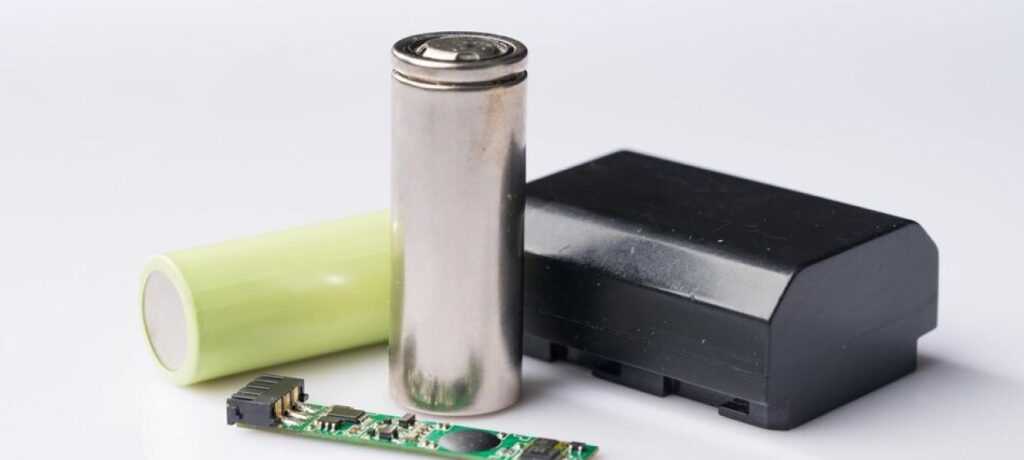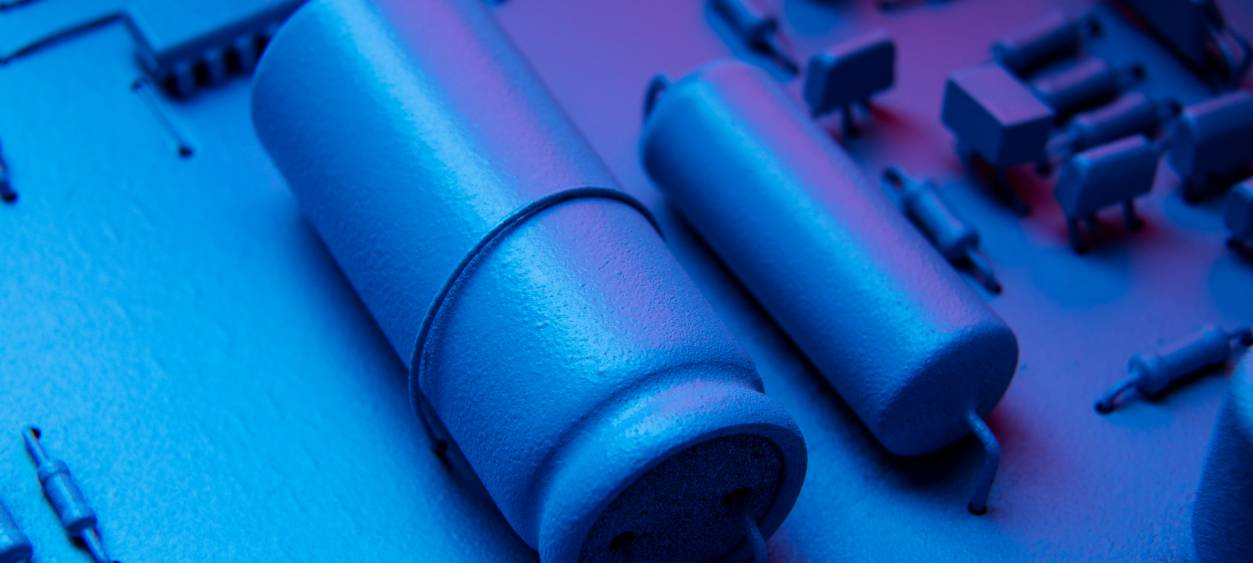India has seen a rise in the number of electric vehicles that are being seen on its roads. This number is set to rise by a huge margin in 5-10 years from now. One of the most time-consuming processes for electric vehicles is charging its battery; the second is the lack of charging stations in our country. One way to reduce the time spent on charging the battery is to mechanically swap the discharged batteries with fully charged batteries. This is known as battery swapping.
Battery swapping is carried out at a Battery Swapping Station (BSS). The discharged batteries are either charged at the BSS or are collected to charge at a central hub. These swapping stations will work wonders to increase the consumer’s convenience and will provide a place where different batteries are available to the consumers. Even though battery swapping may seem like the ideal way to proceed, it is not without its challenges. We will be discussing both the challenges and benefits of battery swapping here:
Challenges:
- The starting cost of setting up a battery swapping station is comparatively high. The setting up of the station would include expensive machinery and equipment to support the swapping infrastructure. An additional buffer of batteries will also be required.
- Currently in the market, there is no standardisation in the batteries that are available from the different manufacturers. To make battery swapping a norm it is important that the batteries are standardised.
- To make battery swapping work in a big country like India, it is important to have a dense network. Presently, there is a lack of swapping stations in India.

Benefits:
1. Battery swapping takes around 3 to 5 minutes. This will save the time of the consumers that would have otherwise been spent on the charging of the battery.
2. The consumers will get a variety of payment models. The battery swapping customers can choose or subscribe to monthly or annual battery swapping plans in accordance with their needs. They can also opt for a pay-per-use plan depending on their preferences.
3. In metropolitan cities where there is a dearth of space, battery-swapping stations will be a blessing. Setting up a charging station for batteries will require a lot of space, whereas the battery swapping stations can be set up within a fraction of that space. Hence proving to be a better option.
4. The batteries used in three-wheelers and two-wheelers are ideal for battery swapping. These batteries are lightweight and can be swapped without much hassle by the user. Additionally, since the battery is swapped and is being used in multiple vehicles, this will ensure that the battery will be used in an efficient manner.











